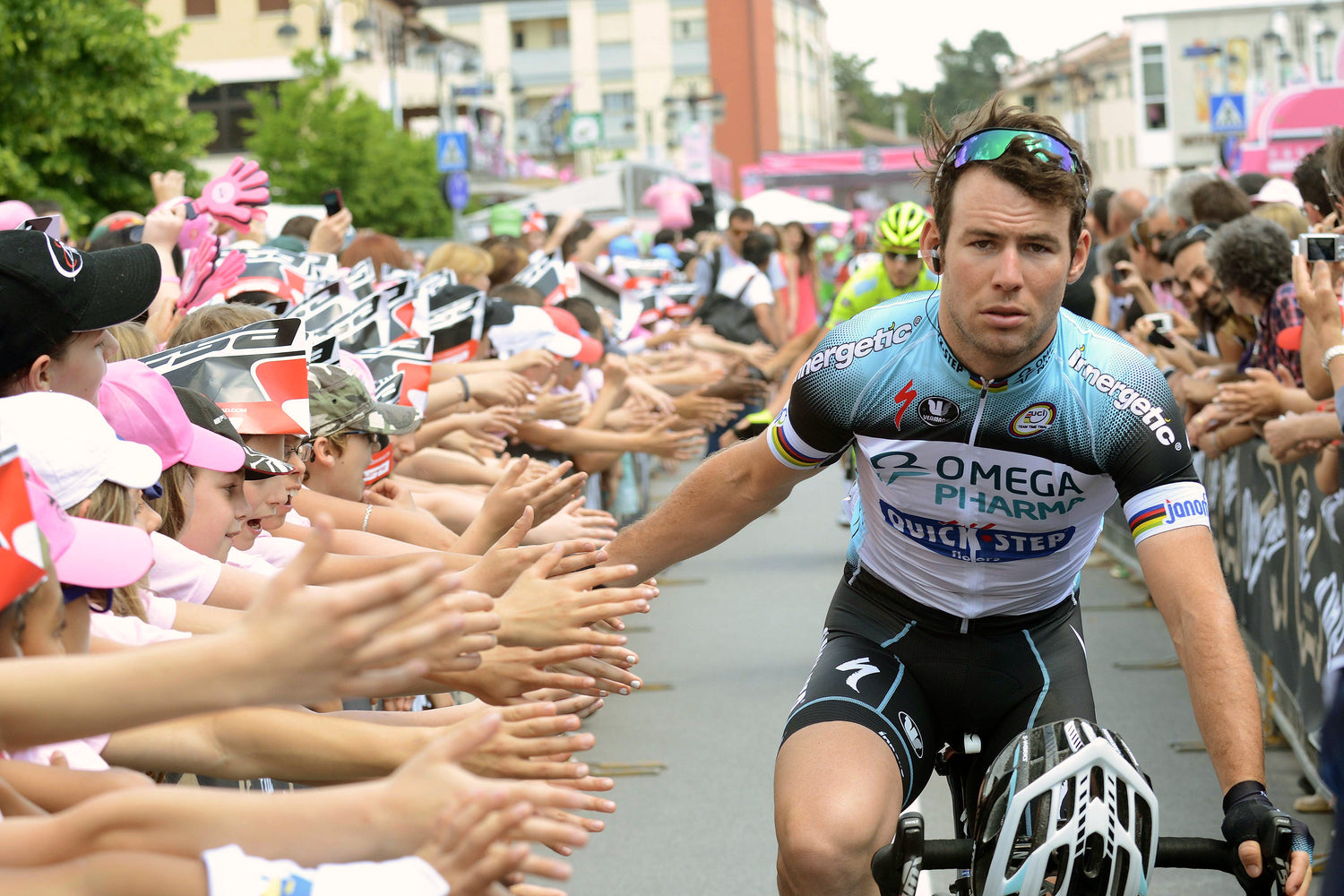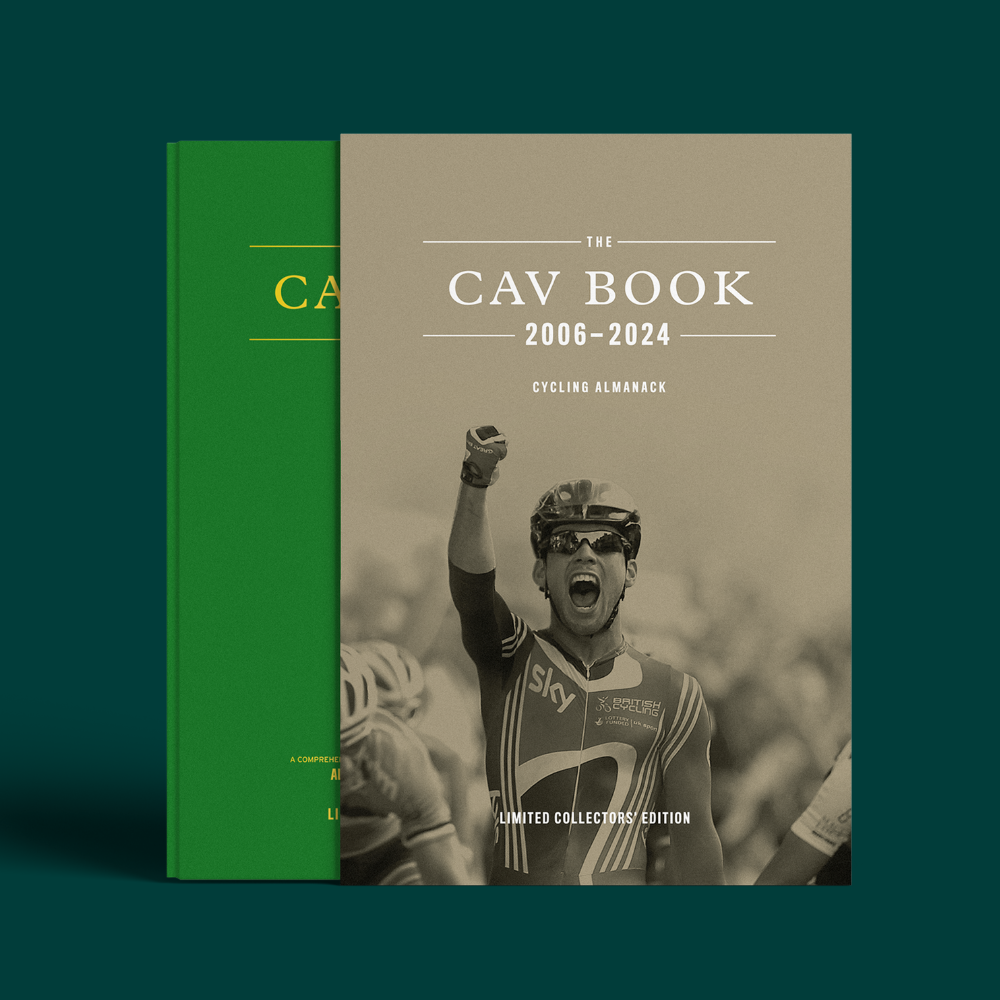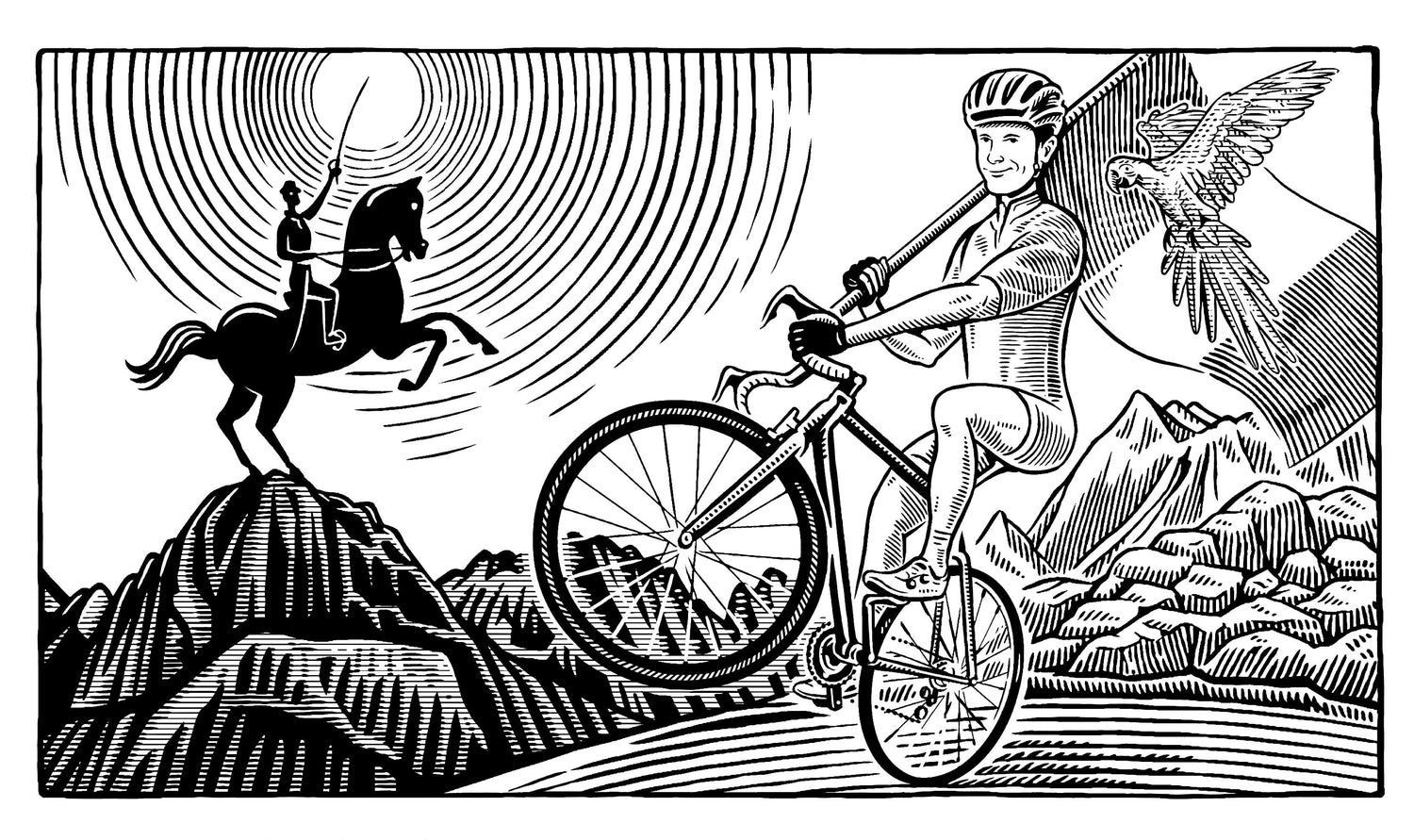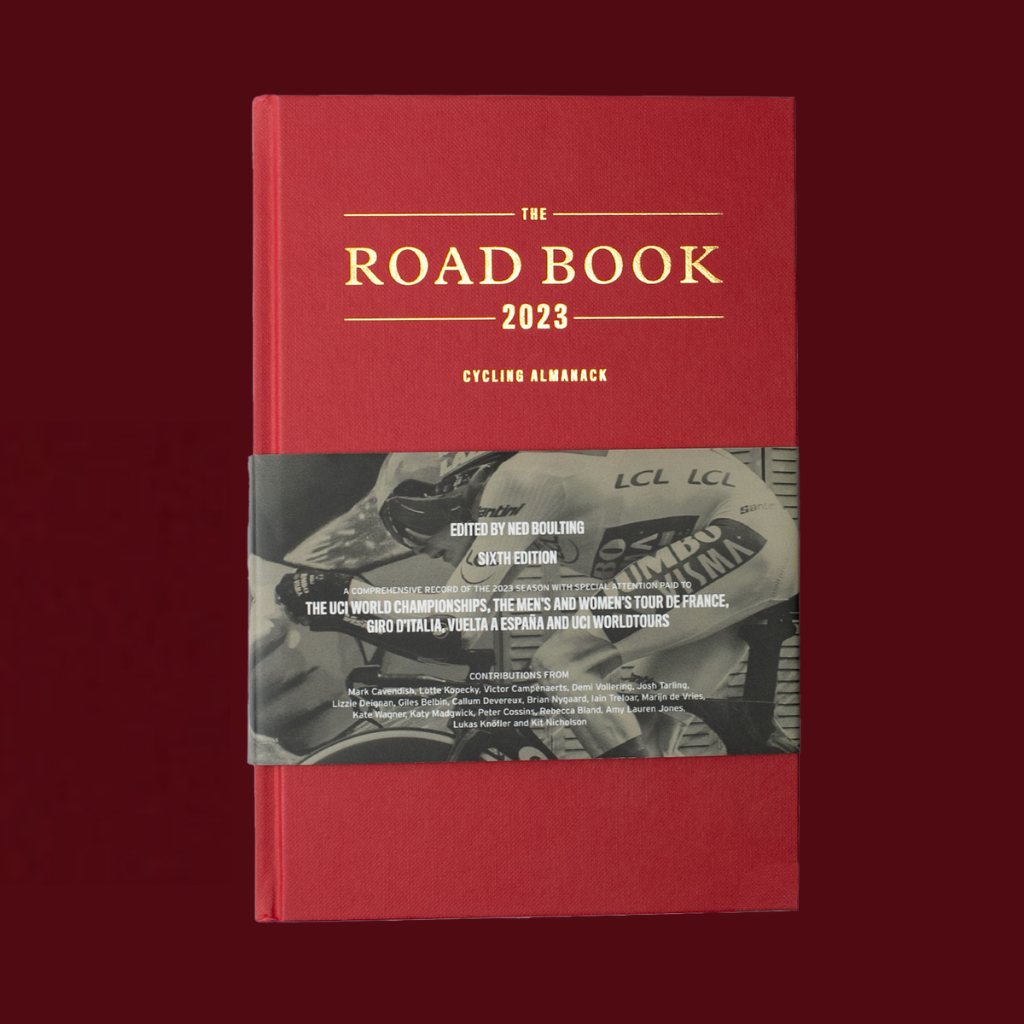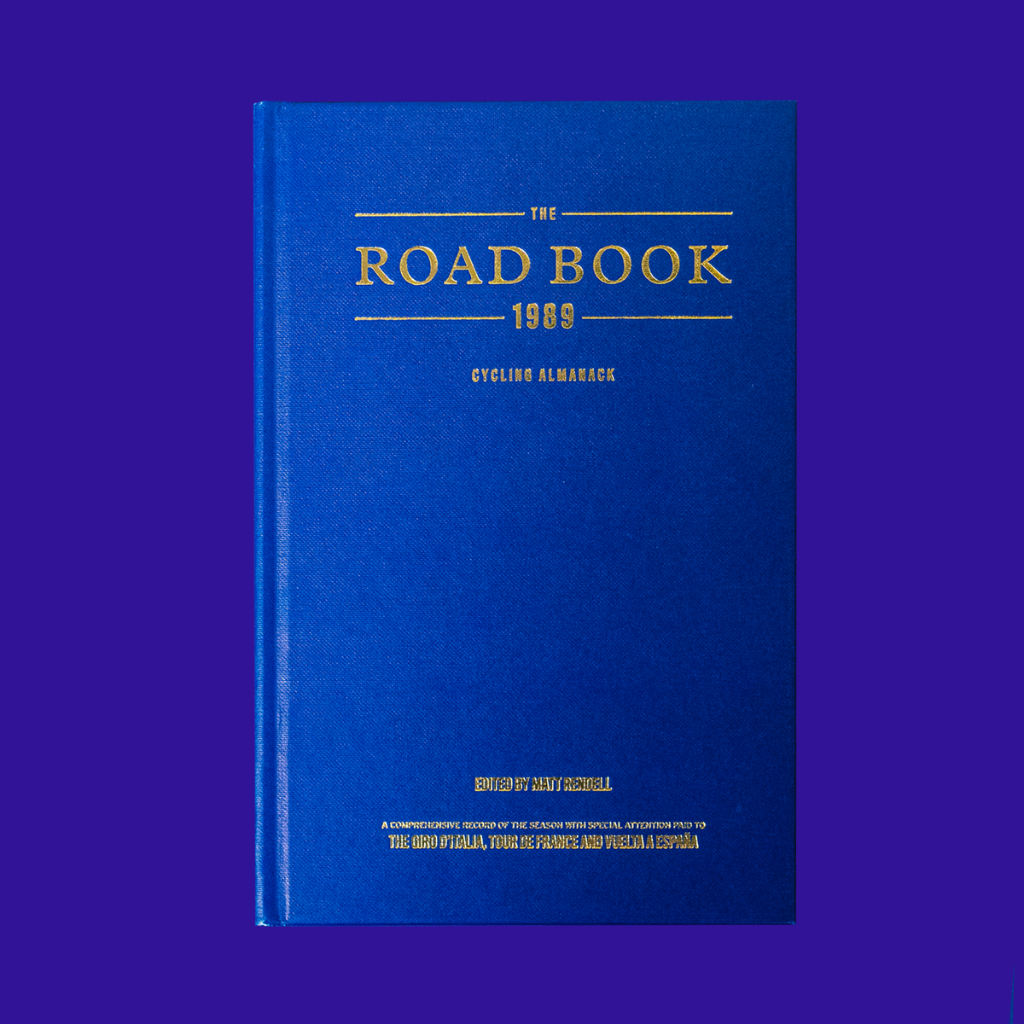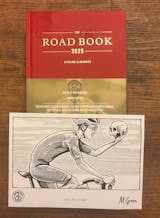I’m occasionally puzzled by the amount of interest expressed in the mechanics of TV commentary on road racing. To me, it’s just my day job; one that I have been sorely missing for the last four months.
I am often asked to go into a bit more detail into how I go about preparing for commentary. I don’t quite know why this is of such interest. But if there is a bit of latent curiosity out there, then I hope this blog goes some way to satisfying it.
I didn’t go to commentary school. None of us do. It is too niche to matter, really. But, more than that, every commentator has to work out a system that fits them. Trying to slot into someone else’s methodology would be like slipping on a pair of shoes that had been worn in by another pair of feet.

I work using a combination of about 3 or 4 main sources. Of course, there is the internet, to which I refer to if I need quickly to fact check something or a reminder of a race result. But, perhaps surprisingly, I don’t find I use it that often. I work on the principle that people at home can use the internet databases more freely than I can, as they watch from the comfort of the couch.
It’s my job to impart something else, an edge or detail that they might not be so familiar with. For that reason I keep, throughout the year, (and now going back for the five years since I started in this role) a bespoke data base of little observations, memories, nuggets of biography that I have gleaned from my research. Often these notes are the result of face to face conversations with the riders; the kind of contact which is irreplaceable. These pages come handy when the breakaway gets established. Then, if there are five riders up the road, I open five tabs, and I’ve got reminders of what they’ve done and who they are which would take ages to piece together from scouring the net. Here’s what I’d call up for Elie Gesbert, for instance.

Bigger races provide details of places of cultural or historical significance which the race passes through. But, in the case of the Tour de France, these are often ridiculously opaque and elaborate. Try sight-reading and compressing this example, into a cogent ten second soundbite. A little preparatory study and re-wording is necessary in anticipation of the lingering helicopter shot. It’s not always easy, but it’s all part of the fun.

Then there’s the Road Book, of course. I take it with me to races as a matter of course now, testing my excess baggage allowance. The potted summaries of previous editions and especially the composition of the breakaway are such an asset to be able to refer back to, as well as the reminders of the prevailing conditions on the day.

Lastly, but most importantly, I make handwritten notes in the hours before the race. I don’t do these days before, because the point of hand-writing them is that they remain fresh in the mind. The act of actually writing them down helps to embed them. These will include the “grammar” of the day’s race – the sprints, climbs, distance, points available etc. And they get updated and filled out as the race progresses and the break forms.

Sitting alongside the relevant reminders and key stats of the day’s main protagonists, there is some historical data that I think is almost certainly relevant.

Then there’s the niche nugget: Here’s an example of the tiny scrawls I made before Paris Nice this year, including a reminder of what my co-commentator David Millar had achieved, as this might have become relevant at some point.

In stage racing, I dedicate some space at the beginning of a race to an overview of what the whole race looks like in terms of GC/climbing and sprinter’s days. I need to be able to refer quickly back to that throughout the race. I need it laid out so that I, and only I, can instantly understand it,.

One day races require all the effort of a stage race, all for a few hours of action. Here’s a look at La Course from last year’s Tour de France. On the same day, I had to prepare for the time trial in the men’s race later. That was a simply fantastic occasion; in fact both races were.

Live calculations always are a part of my scribbled notes as the race unfolds. What should be simple becomes pretty tricky when you’re making the sums add up as you speak. Time gaps going into decisive GC days, not just between 1st and 2nd, but between 3rd and 5th for example all matter and are in constant flux as the race develops. If a rider cracks, as Alaphilippe did early on stage 20 of last year’s Tour, you simply cross him out, and it’s one distraction fewer. Poor sod.

The King of the Mountains competition is complicated too. It’s not just how many points any rider has at any given moment, it’s a question of how many there are left on the stage and in the race, and how many their nearest rival can still, theoretically win. All this is part of my job as we go along.

The final stage of a Grand Tour often presents an opportunity to kick back and expound on a few broader themes. On stage 21 of the 2016 Giro, I had drawn up a list of 10 points we could discuss. As you can see, Dan Lloyd and I got through four of them. I’m still quietly chuffed with “Giulio Ciccone will win more bike races” and with “Giovanni Visconti still quite wants to win.”

So, I hope that quenches some thirst to glimpse behind the scenes. My only worry is that by opening up my scribbles to scrutiny, I have shone a light on our dark arts and revealed them to be not so dark at all. It’s worth remembering though, that this preparation is about 10% of the job. The real task is to watch, understand and react accordingly. Notes won’t help you there…not in a split second.
Finally, there’s always the need for a handy primer in how to tell the Yates twins apart. Et voilà.

Ned Boulting



